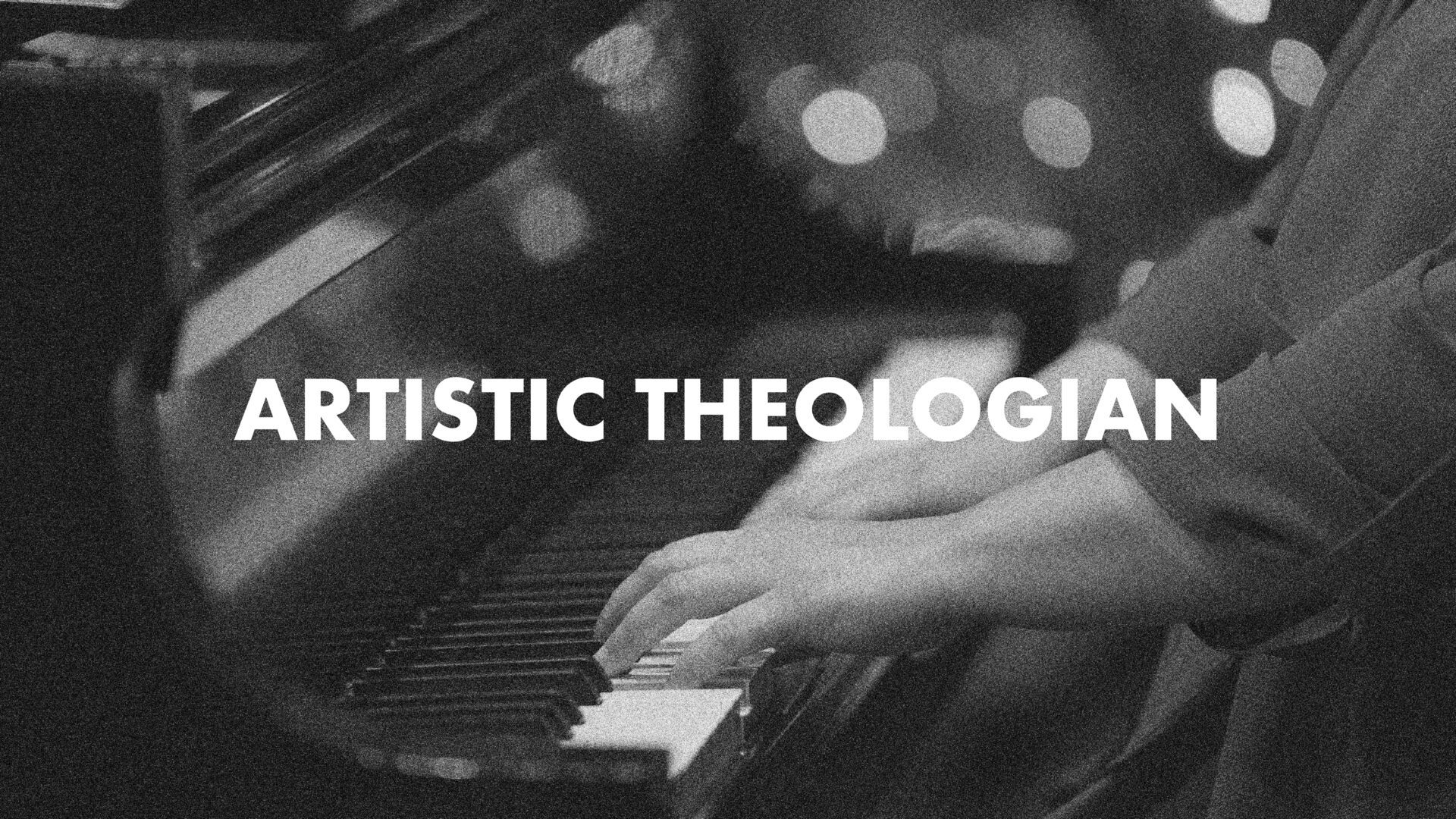
Faith, Work, and Economics
Southwestern Journal of Theology
Volume 59, No. 2 - Spring 2017
Managing Editor: W. Madison Grace II
Dictionary of Daily Life in Biblical & Post-Biblical Antiquity. By Edwin M. Yamauchi and Marvin R. Wilson. Peabody, Mass.: Hendrickson Publishers, 2016. 4-Volume Paperback Boxed Set, $99.95.
In this excellent multi-volume book, Dictionary of Daily Life in Biblical and Post-Biblical Antiquities (hereafter DDL) Edwin M. Yamauchi and Marvin R. Wilson have assembled a team of almost forty specialists or mostly well-known researchers along with research assistants and editors to produce an invaluable work with a very reasonable price. This enormous project was published in four volumes from 2014 to 2016 and is dedicated to R.K. Harrison, one of the contributors to the work. It completes the work, Dictionary of Bible Manners and Customs, started thirty years ago by Harrison. The publisher, Hendrickson Publishers, should be commended for undertaking this massive project designed to serve students of the Bible for many years. The DDL offers something for everyone and information for things one might have not even considered. It covers literally everything from the cradle to the grave, from teeth to toilets and incense to insects. Every time you consult this work you will find tidbits of information that will add depth and detail to your studies. This dictionary contained information that I never would have thought that there was information about.
The chronology that undergirds the DDL is repeated in each volume. This does offer various dates for the exodus from Egypt. It is based primarily on studies by Archer, Kitchen, Yamauchi, Hoehner and Finegan (4:xliii).
The selection of the articles is based on Human Relations Area Files (4:1–2). This allows the 120 articles to expose many facets of life that are significant to the way people survived in their environment, whether they are explicitly mentioned in the Bible or not.
The articles start with a description or definition of the topic. The research is then summarized in the following sections: the Old Testament, the New Testament, the Near Eastern word with the emphasis on Mesopotamia (though there are also numerous references to Persia and Anatolia), the Graeco-Roman world from the earliest Greek times through the Roman Empire (AD 600), the Jewish world through the time of the Talmud and then the Christian Fathers including Chrysostom, Augustine, the early Byzantine empire to Justinian (from early Mesopotamia to early Christianity). The articles are generally over 10 pages long, with many being over twenty pages.
The DLL is more than a simple Bible dictionary. It is an important collection of significant articles. It is well written and easily understandable for non-specialists, but offers specialized information in an easily accessible manner. There are no footnotes in the articles, but a thorough and up-to-date bibliography. For many, acquiring this material is either difficult to find, too technical to evaluate, or in a foreign language. Thus, the DDL becomes a welcomed tool and time saver. It is descriptive in nature, not building an argument. The broad scope, the bibliography, the discussion of life matters not mentioned explicitly in the biblical text make DDL invaluable.
The DDL is well documented and carefully described, detailed information. While the book processes and presents a massive amount of information, there will be some readers who will be unhappy. Their particular position or interest has not been discussed in as much detail as other positions. This is an unavoidable problem, though perhaps a valid criticism. This reader detected no bias or deliberate attempt to present a particular point of view. The DLL does not argue for a view, but seeks to present the major (certainly not all) views in a fair manner, so that readers gained the information to evaluate for themselves.
There are some other works that are similar, though not identical in scope and purpose. The DDL compares very favorably to both in content and price to Jack Sasson’s Civilizations of the Ancient Near East, 4 Volumes Bound in 2 Books, 2000 or Brill’s New Pauly 22 volumes, 2002–2010. While the New Pauly offers more information, it is limited mainly to the Graeco Roman world. DDL does know of these works using them as source as well as other, hard to come works, such as Oded Borowski, Agriculture in Iron Age Israel, 2009; Every Living Thing: Daily Use of Animals in Ancient Israel, 1999; Daily Life in Biblical Times (Archaeology and Biblical Studies), 2003.
Some more major criticisms do detract somewhat from the usefulness of the DDL. Most readers will find them only minor annoyances, not major distractions, in light of the great insights offered. Any significant criticism is unfair and unjustifiable.
At times, the articles are uneven. Some of the articles offer significantly less information than what other articles do. One would expect there to be more on divorce (2:135) than on toilets (4:153ff) or teeth (2:44ff). One would expect the discussion of law to deal with more issues than a few summary pages on the use of Law in the Hebrew Bible and New Testament. The discussion of extra-biblical law is, in contrast, extensive. The use of graphics and pictures would greatly enhance the value and usability of this dictionary.
The biblical data is used at face value: e.g. dates. Alternative approaches to the interpretation of the text are ignored. Historical, critical views are not presented or discussed. The critical interaction with various views that are not in the mainstream of conservative scholarship would add to the page number, but also to the value of the book. It would also increase the circle of readers. The critical interaction by researchers of this caliber with differing views would be a welcomed chance of learning. This exclusion does seem to be a conscious editorial decision, which is certainly caused by the massive increase in discussion that an alternative decision would produce. The passing comment about a “late embellishment” (3:301) stands unexplained, as an indication of the awareness of critical views.
In summary, this reviewer’s opinion could be expressed as: Run, not walk to get this dictionary, so that your studies will be enhanced. Buy the hardcover, not the paperback since there will be frequent use. Hope for a speedy electronic version of the complete work, not just the ability to purchase various articles, as this will enhance the value of the dictionary by keying it to biblical passages and concepts. Read the article numerous times to process the many details of information given. Read the bibliographies carefully, since they add a wealth of sources that most readers will not be aware of.





